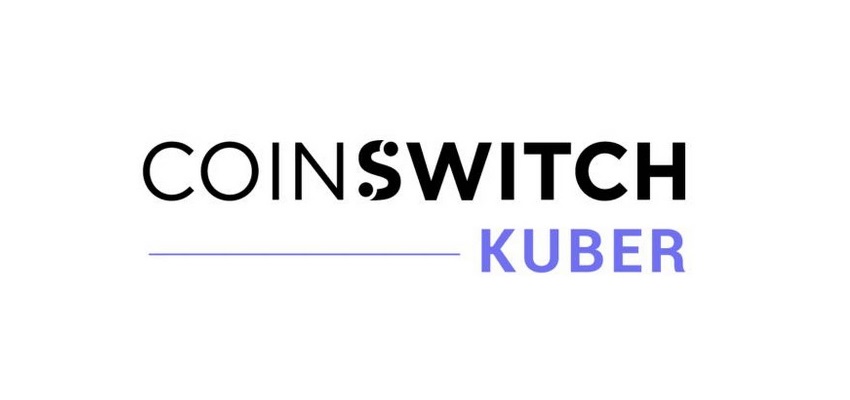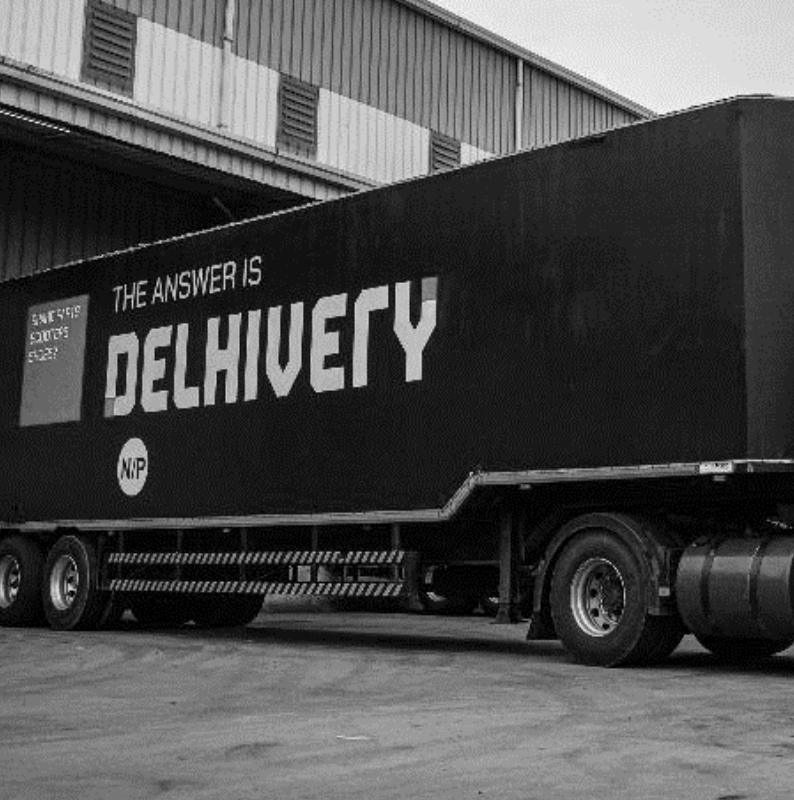In October 2021, CoinSwitch Kuber became India’s second crypto unicorn after it raised $260 million at a $1.9 billion valuation. Though we have seen a lot of new unicorns in 2021, the exciting part about CoinSwitch’s funding was the list of new investors.
The round was led by Coinbase Ventures and Andreesen Horowitz (a16z); this marked a16z’s first investment in India. Interestingly, Coinbase was one of a16z’s most successful investments. After Coinbase’s listing in April 2021, the profits from a16z’s investment in Coinbase (a stake worth $11 billion in April 2021) were enough to cover the total fund size of its first two growth funds!
Inspired by this successful exit, a16z started a massive $2.2 billion crypto fund in June 2021. Coinbase has been the most successful investment for a16z, which itself has been a very successful firm. That is why when a16z chose CoinSwitch Kuber to be its first Indian investment, it marked a big moment for the Indian crypto and startup space.
Why did a16z choose CoinSwitch Kuber? Will CoinSwitch repeat Coinbase’s massive success? What differentiates CoinSwitch Kuber from other offerings? Let’s take a closer look.
The Genesis
CoinSwitch started when the founders realized that choosing a suitable exchange for trading crypto was critical.
The reason is – prices vary across different exchanges, and choosing the suitable exchange could significantly differ in returns, especially at scale. Thus, they believed an aggregator of different crypto exchanges fetched the best prices for different cryptocurrencies in real-time would be a hit.
While most crypto exchanges charge a transaction fee to their users, CoinSwitch Kuber is an aggregator. Instead, it charges a fee to the exchanges as a maker provider of liquidity when it aggregates orders from the users.
But there was another problem. The cryptocurrency world is complicated.
Not everyone could understand the nuances of trading in crypto, and the multitude of cryptocurrencies, some more legitimate than others, made it difficult for cryptocurrency to become mainstream.
The firm, which saw Sequoia Capital invest in their seed round, had a counterintuitive solution: instead of adding features, they made their offering simpler by choosing not to offer complicated features. By simplifying their UX and making cryptocurrency accessible to everyone, CoinSwitch became the first choice for first-time investors looking for exposure to cryptocurrencies.
Registration Open - Analyst Program Click here
A ‘switch’ in fortunes
After the 2018 RBI circular, which effectively put the brakes on crypto in India, CoinSwitch’s founders had no choice but to bring their product to the global markets. This changed in early 2020 when the ban was overturned. While regulatory uncertainty remained, this created a window of opportunity for CoinSwitch to launch its product in India.
With the financial markets surging over the last year, many reports of record-breaking new Demat account openings have been reported. Similarly, many young, first-time investors saw the crypto boom and wanted to jump in. However, CoinSwitch still had some way to go to make crypto genuinely mainstream. So, when season 14 of the IPL started in early 2021, CoinSwitch deployed 20% of their annual marketing budget and went all out to advertise during the IPL.
New registrations went up by 4x after the IPL campaign, propelling CoinSwitch to become India’s largest cryptocurrency platform within a year of launch in India.
Who is the end-user?
In line with its goal of catering to mainstream retail investors, CoinSwitch’s user demographics are pretty interesting.
The average age of a CoinSwitch user is 25, and nearly half of its users come from Tier 2 and Tier 3 cities. Even though the trend of cryptocurrency adoption being faster among the young is everywhere, the average age of 25 for its users is still a lot younger than the users in the mid-30s in the US.
Another interesting fact is that nearly 70% of CoinSwitch’s users are first-time investors. Not just investors who are new to crypto, but new to investing – in any asset class. Interestingly, this trend has coincided with crypto’s massive surge across the last year. Not to be sceptical, but it would be fascinating to think about how many users would remain on the platform in case the markets turn, which is probably bound to happen at some point or other, especially for cryptocurrency.
What’s next for CoinSwitch Kuber?
CoinSwitch revealed that it would use the funding to add traditional asset classes like equity and gold to its platform. This indicates that the company is aware of the stickiness problem. When crypto markets are hot, users jump in quickly. To insulate the platform from losing users in case crypto markets turn cold, it is plausible for the company to add other asset classes that are more stable and retain users.
Further, CoinSwitch wants its crypto offering to be the driver for new user registration and then introduce its users, most young, first-time investors, to traditional asset classes in investing. This investing ecosystem may very well be the only way to possibly develop a moat since it is hard to differentiate crypto offerings.
The founders also revealed that they are working on new crypto offering for institutional investors in an interview. At first, this seems puzzling. Why would a company that has found its audience in young, first-time investors go after the institutional investor base?
While the Indian crypto market grew 641% over the last year, a lot of this can be attributed to institutional investors. A Chainalysis report found that transaction sizes above $10 million (institutional size) accounted for 42% of transactions from India-based addresses. So, there is undoubtedly a market for institutional investors looking for exposure to crypto in India, and CoinSwitch wants to capture it.
Worth more than a few coins
CoinSwitch was valued at $1.9 billion, with ~11 million registered users for a ~172.7x multiple users. This is in comparison to the number two player, CoinDCX, valued at $1.1 billion with ~10 million registered users for a ~110x multiple of users. There’s a 57% implied premium in CoinSwitch’s multiple compared to CoinDCX.
What could explain this?
Execution, for one. It took CoinDCX around three years to get to ~10 million users, compared to CoinSwitch Kuber, which achieved the milestone in 11 months.
While some of it can be attributed be to timing and industry-wide factors, particularly the overturning of the ban in 2020, there is a case to be made that CoinSwitch has executed tremendously.
With 11 million registered users and 7 million active users, CoinSwitch is easily India’s number one crypto platform. Is it any surprise then that CoinSwitch was a16z’s choice for its first India investment? The more interesting question is whether CoinSwitch can be as big of a success for a16z.
While many believe that India’s crypto market is nascent, a16z’s first investment in Coinbase happened in 2013, which is a long time ago in the context of how far crypto has come since then. Further, there’s a regulatory change looming. In the US, there’s pending regulation on crypto. The SEC recently blocked a spot Bitcoin ETF, too.
While the talk of an outright ban has simmered down in India, there are discussions to table a bill in the upcoming session. Given the regulatory uncertainty and the increasing adoption, CoinSwitch may not replicate Coinbase’s success scale for a16z. Still, it could be onto something big in India if it can figure out user retention.
Story Contributors: Hardik Goyal, Parth Parikh and Terence Fernandes
Other Trending Posts in this Series – Spotify | Netflix | Amazon
To stay updated about all of our posts on Businesses and Finance Careers – register and create a free account on our website. You will also get access to a free Finance Bootcamp course once you register.











